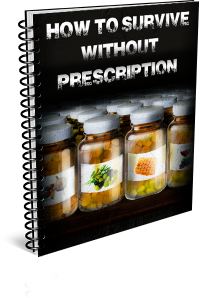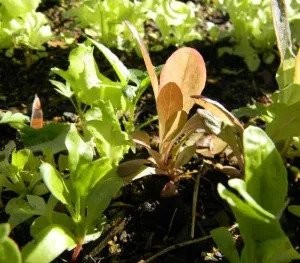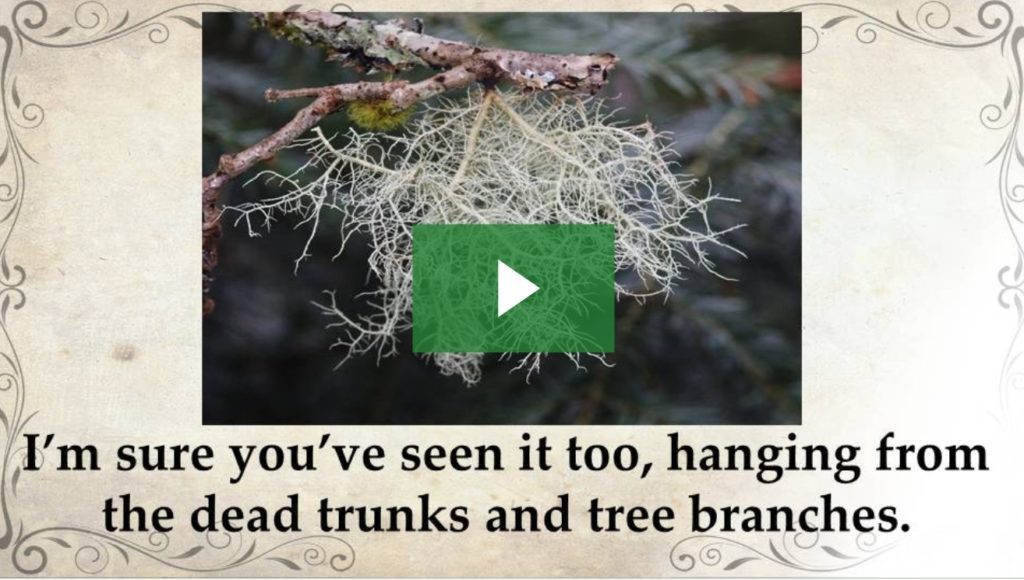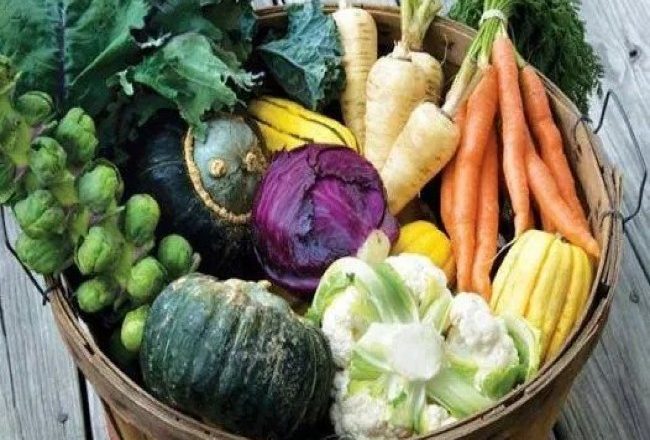Get outside and enjoy the weather by preparing a big fall garden.
It’s hard to believe fall is almost here.
I think I say that every year. The heat of summer seems like it will never end… and then suddenly, there’s just a hint of a cool breeze in the air.
Next thing you know, you’re freezing and the gardening year is basically over.

Before that happens, however, there’s a nice little window where you can tuck in another crop as the heat of summer fades into the crisp days of fall.
Obviously, this doesn’t apply to all climates (HA HA Wisconsin!!!) but it’s true for much of the country. Here in Florida we can garden year-round. In Tennessee, you can’t quite do that, but you can get a fall crop. In Alaska… well, I hope you like to eat seals.
As you plan out your fall garden for this year, here are a few cold-hardy favorites to consider.
Cabbage

Cabbage is a wonderful plant. It’s healthy for you, useful in a variety of dishes, and it can be made into delicious sauerkraut. Though it’s not as cold-hardy as some brassicas, there are small-headed types that will produce heads before the winter freezes your dirt. Plant some fast-yielding types like “Farao” or “Gonzalez” in summer (or early fall, depending on your climate) and you can be making sauerkraut in fall/winter.
Mustard
Mustard is one of my favorite cooked greens. Some people like the leaves in salads, but I prefer the burn to be cooked out of them first. An easy, low-demand crop, mustards also have the benefit of irritating nematodes.
Fava Beans
Ever wish you could grow beans in cold weather? You can! Favas are an easy-to-grow gourmet bean that doesn’t mind freezing weather, provided temperatures don’t go lower then the mid-teens. If you live in a colder climate, plant them earlier. They grow in grey and cold weather with nary a complaint. As an additional benefit, they fix nitrogen in your garden beds.
Broccoli

Broccoli, like its near kin the cabbage, can handle frosts and keep on producing. The one thing broccoli really seems to hate? Hot weather. Plant it after the heat of summer starts to subside for best results. Remember that with broccoli you can cut out the main head and then get multiple side shoots.
Peas
Like fava beans, peas don’t mind the cold. They’re also a good way to fill in your beds with a quick-composting nitrogen fixer in the fall after you’ve pulled in your main harvest of other vegetables. Though the yields aren’t incredible, my children love picking and eating fresh pea pods so I keep planting them.
Jerusalem Artichokes
Though you won’t see a yield until the following fall, fall is the time to start planting Jerusalem artichokes. In fact, you can only really plant them in cold weather since the tubers disintegrate and feed the next year’s growth when the soil warms up. To grow Jerusalem artichokes, grab some tubers and plant them late in the year when the weather is already cold. They’ll pop up in the spring and happily reach way up to the sky until they’re knocked down by frost the next fall. At that point you can dig up the huge clusters of roots and plant some more!

Kale
Of all the brassicas, kale has to be one of the cold-hardiest. I’ve seen it shake off temperatures in the teens with nary a bit of frost burn. It can even handle being buried in the snow. At a time of the year when more everything else has given up, kale bravely pushes onwards, giving you greens when there’s nothing else.
Beets
Beets are a solid fall crop that takes about two months from seed to root. They’re also very healthy for you and pickle wonderfully. Plant them in the late summer and you’ll have a belly full of borscht by Reformation Day.
Lettuce

Lettuce is one of those silly in-between crops. It’s not particularly frost tolerant… and it doesn’t like the heat. Leaf lettuces are a lot easier to grow than head lettuces so I stick to those, particularly in the fall. My favorite way to plant lettuce is to scatter seeds across a raked bed, then rake it lightly again and water well. We grow a big bed of lettuces in fall and cover it on frosty nights until it gets too cold to make the process worthwhile.

Sugar Cane
Most folks wouldn’t think about sugar cane as a fall crop; however, I always harvest my cane, then plant more in the fall and early winter, burying it snugly beneath the soil. In the warmth of spring the sugarcane emerges and is ready for harvest by frost. In mild climates (say Zone 8 and on south), sugarcane is a valuable perennial crop. You can learn more about planting it here.
So – are you inspired? I hope so! Get outside and enjoy the weather by preparing a big fall garden. There’s no time like the present… and fall gardening, unlike summer, is totally cool.
source : Ready Nutrition



